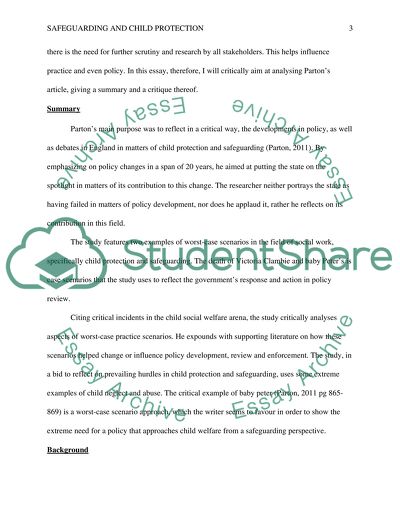Cite this document
(“A critical review and response to a relevant research paper in Essay”, n.d.)
Retrieved from https://studentshare.org/education/1627560-a-critical-review-and-response-to-a-relevant-research-paper-in-relation-to-safeguarding-5000-words
Retrieved from https://studentshare.org/education/1627560-a-critical-review-and-response-to-a-relevant-research-paper-in-relation-to-safeguarding-5000-words
(A Critical Review and Response to a Relevant Research Paper in Essay)
https://studentshare.org/education/1627560-a-critical-review-and-response-to-a-relevant-research-paper-in-relation-to-safeguarding-5000-words.
https://studentshare.org/education/1627560-a-critical-review-and-response-to-a-relevant-research-paper-in-relation-to-safeguarding-5000-words.
“A Critical Review and Response to a Relevant Research Paper in Essay”, n.d. https://studentshare.org/education/1627560-a-critical-review-and-response-to-a-relevant-research-paper-in-relation-to-safeguarding-5000-words.


